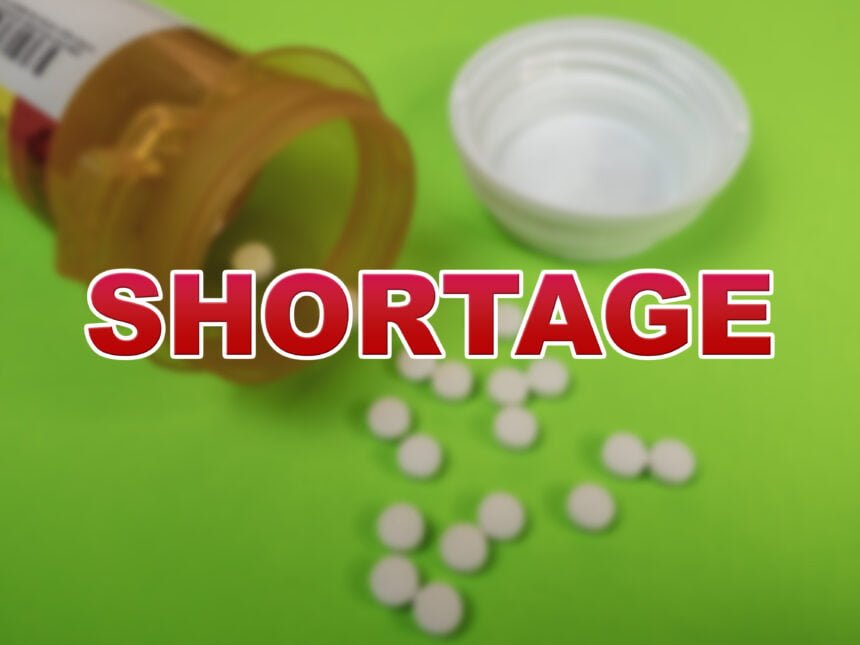You probably take medication for granted. This isn’t because you don’t rely on it. You probably do. Over 131 million people take some prescription drugs. That is 66% of all adults in the United States.
The reason that you don’t worry too much about medication is that you figure that it will always be there when you need it, as long as you have insurance. Sadly, this isn’t the case.
There is a growing drug shortage in the United States, which is threatening our health. A couple of years ago, we talked about how more kids had access to prescription medication, which as a good thing. Unfortunately, that is not longer the case as the drug shortage makes it harder than ever for people to access medication.
Drug shortages in the United States have affected hospitals and retail pharmacies, eventually trickling down to patient care. Reports say these shortages are worse than ever, hitting record numbers, and gaining increasing federal attention. As the next president prepares to tackle this serious problem, it’s important to understand where things stand in the current state of drug shortages, their causes, and the actionable steps that would alleviate this crisis.
The Current Landscape
A few analysts published a study in IPD Analytics titled Legislation & Government Insights. Drug Shortages: Legislation and Proposed Regulatory Actions which tracked a record 323 active drug shortages in the first quarter of 2024. That is the highest number on record, surpassing the previous record of 320 active drug shortages set back in 2014. Many of the shortages are critical medications and have been driven by persistent supply chain problems and financial pressure on manufacturers.
The FDA and ASHP are the two primary sources that track these shortages. While the FDA derives its information from manufacturers, the ASHP does so from voluntary reports by practitioners, patients, and other stakeholders. Because of these differences in sources, the number of shortages reported by the FDA and ASHP often differs, but the overall picture remains grim.
The FDA will release its 11th annual Report on Drug Shortages to Congress in June 2024, outlining the challenges experienced during 2023. Manufacturers’ quality, capacity issues, and unexpected events such as facility closures and natural disasters were key challenges. These, coupled with increasing demand for some drugs, put additional stress on the supply chain.
Federal Attention and Proposed Solutions
There is now immense attention to the drug shortage crisis at the federal level, including proposed federal programs and legislative efforts designed to address the issue. For instance, the White House Council on Supply Chain Resilience has helped create a new position within HHS dedicated to supply chain resilience and shortage coordination. Moreover, under the events occurring in 2024, the Promoting Readiness and Ensuring Proper Active Pharmaceutical Ingredient Reserves of Essential Medicines, or the PREPARE Act, will necessitate a director to oversee a strategic reserve of pharmaceutical ingredients.
Furthermore, investigations on the matter are also being conducted by the U.S. Federal Trade Commission. All these developments simply point to the fact that drug shortages are not only serious but highly complicated problems.
Proposed Solutions for the Next President
It is an election year, which means that both presidential candidates will have to tackle healthcare issues. Most discussions center around reigning in spending, but dealing with the drug shortage will also be vital. The new president must look towards a multi-faceted approach that shall include both short- and long-term strategies to cover effectively the crisis of drug shortage:
Invest in Domestic Manufacturing: Encourage the growth of domestic pharmaceutical manufacturing to decrease reliance on foreign suppliers. Domestic production will help to have a stable supply of vital medications and a reduction of vulnerability to global disruptions.
Regulatory Reforms: Simplify and expedite the FDA approval processes for generic drugs and alternative treatments. By reducing bureaucratic hurdles, the government can facilitate a quicker response to shortages and increase the availability of critical medications.
Centralized Federal Leadership: Assist in establishing a central leadership role in the federal government over the drug supply chain. This means coordinating leading efforts from agencies and sectors to help solve supply chain issues, manage shortages, and ensure adequate and stable supply of key drugs.
The drug shortage should be one of the first orders of business for the next president, provided with a far-reaching strategy of domestic production, streamlining of the regulatory process, and centralized leadership. By this, the administration can work toward ensuring the reliable availability of essential medications to ensure the health and well-being of American citizens.










